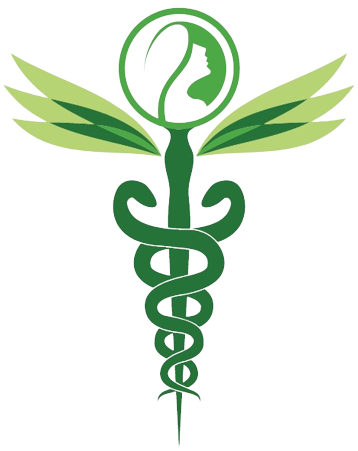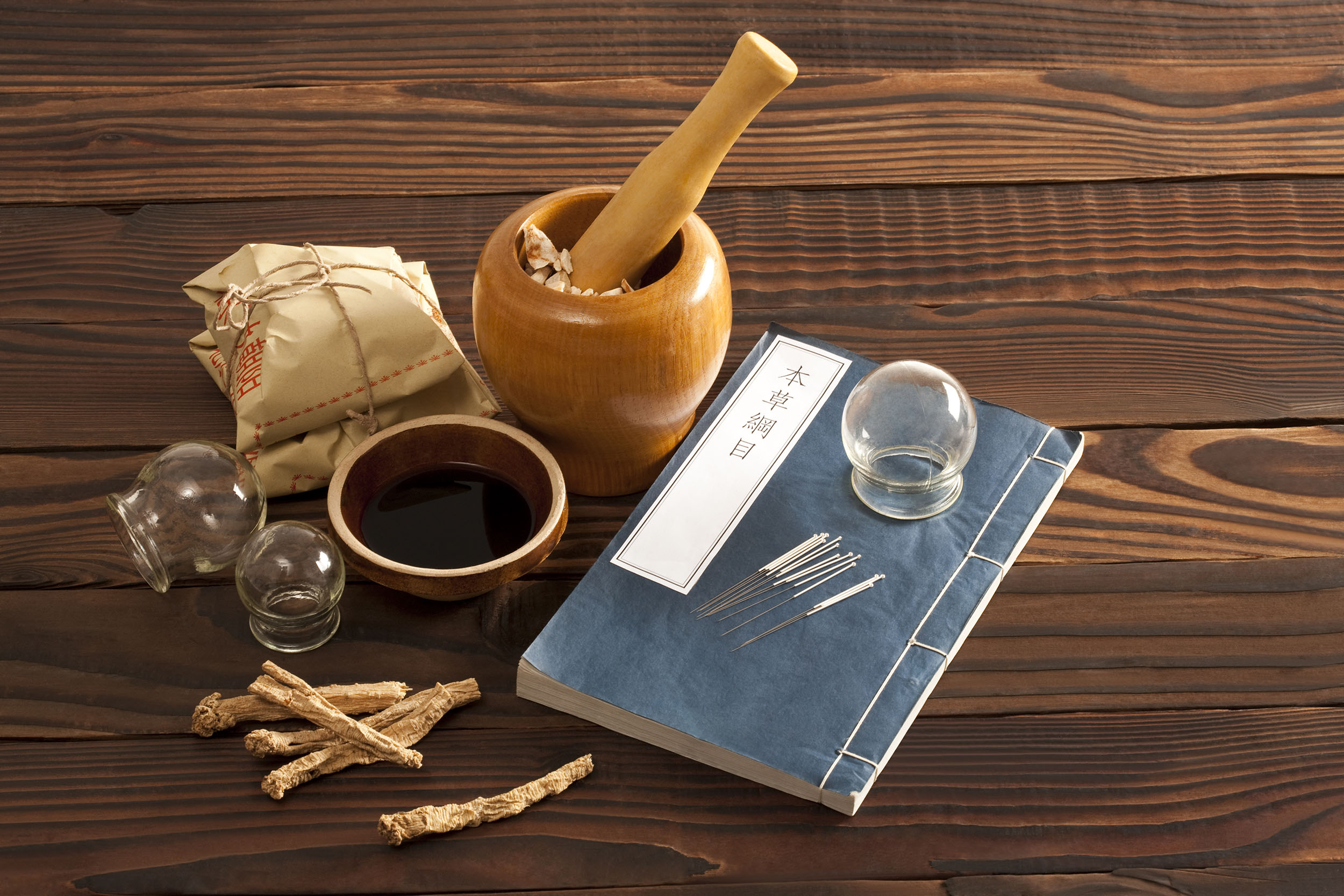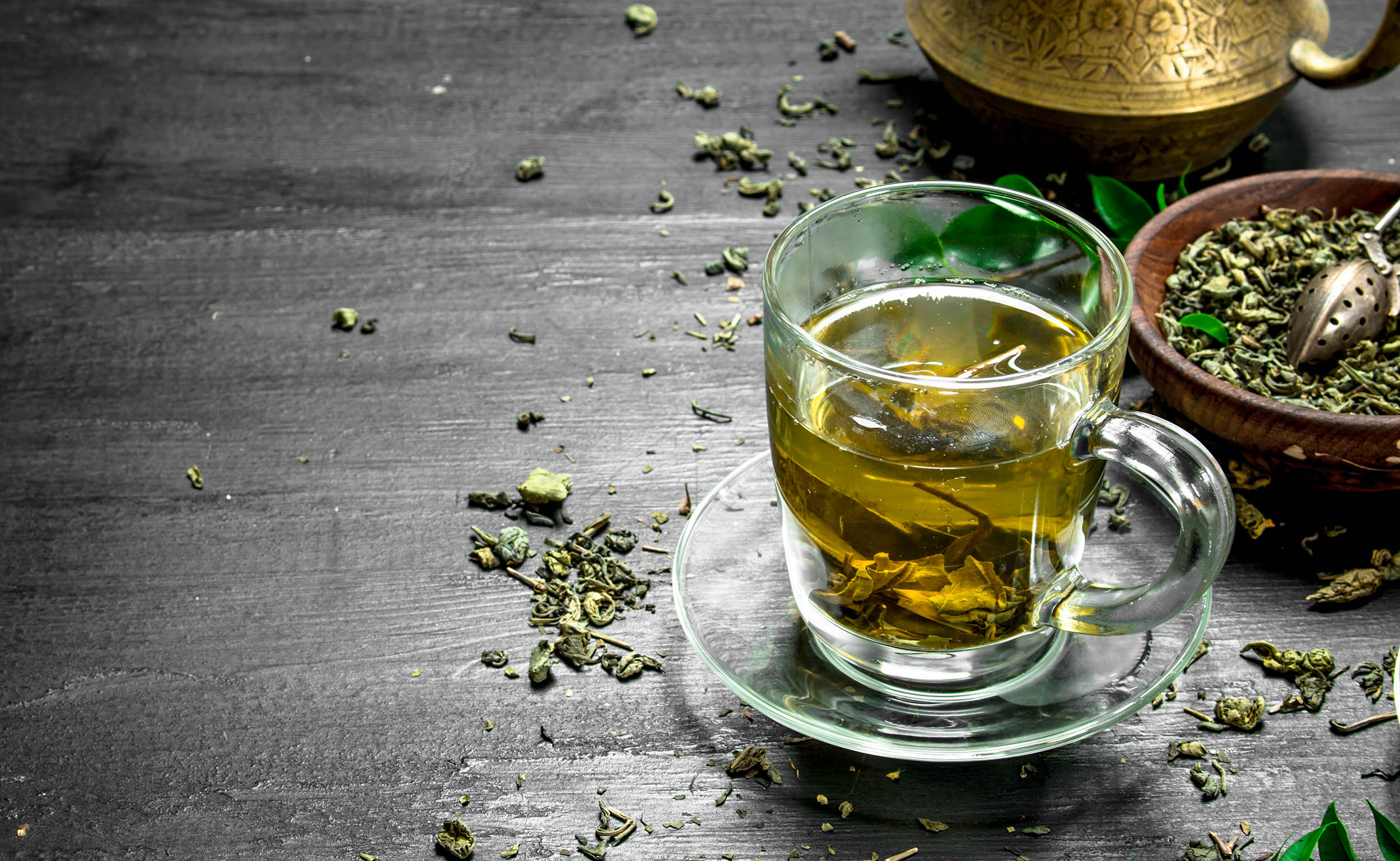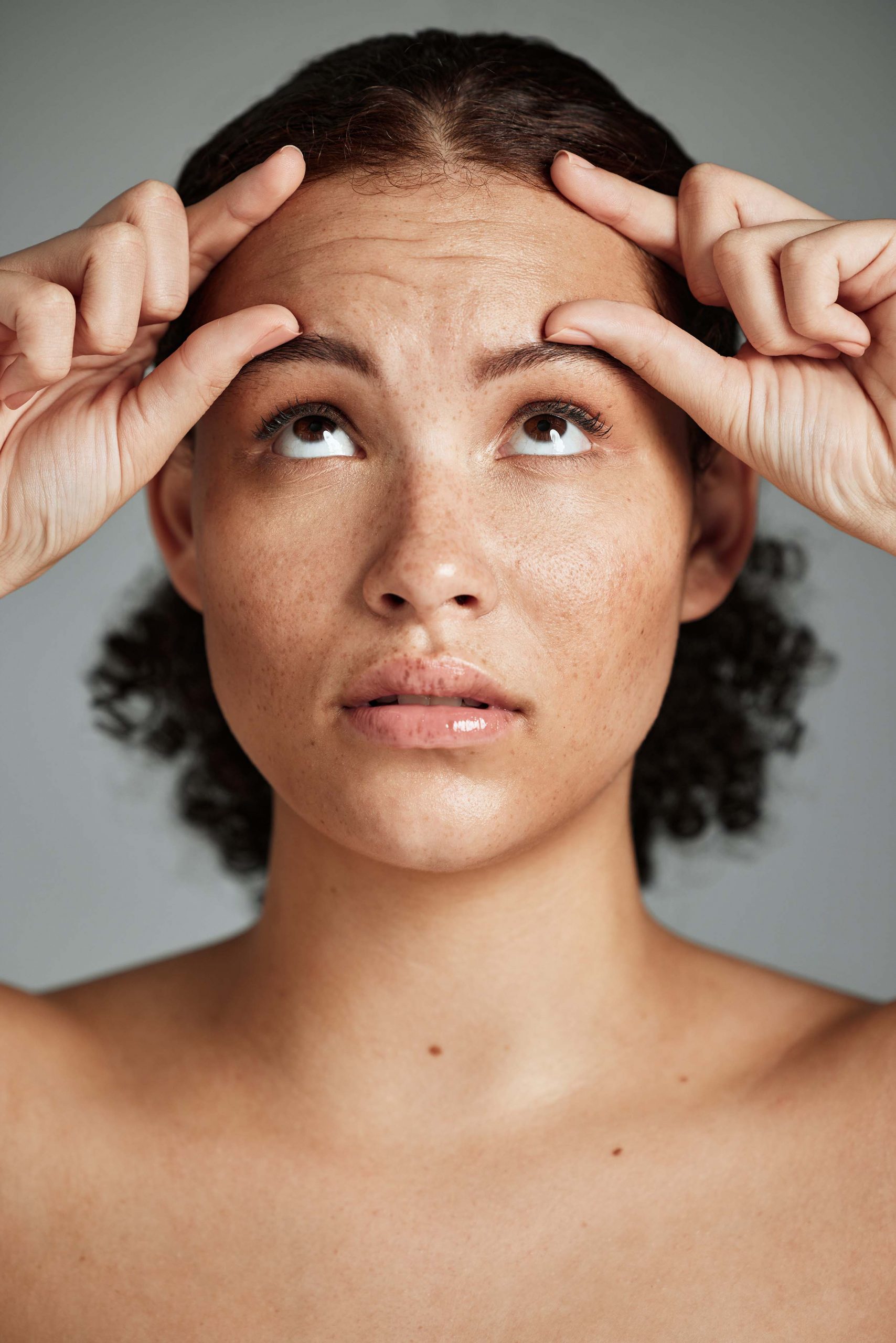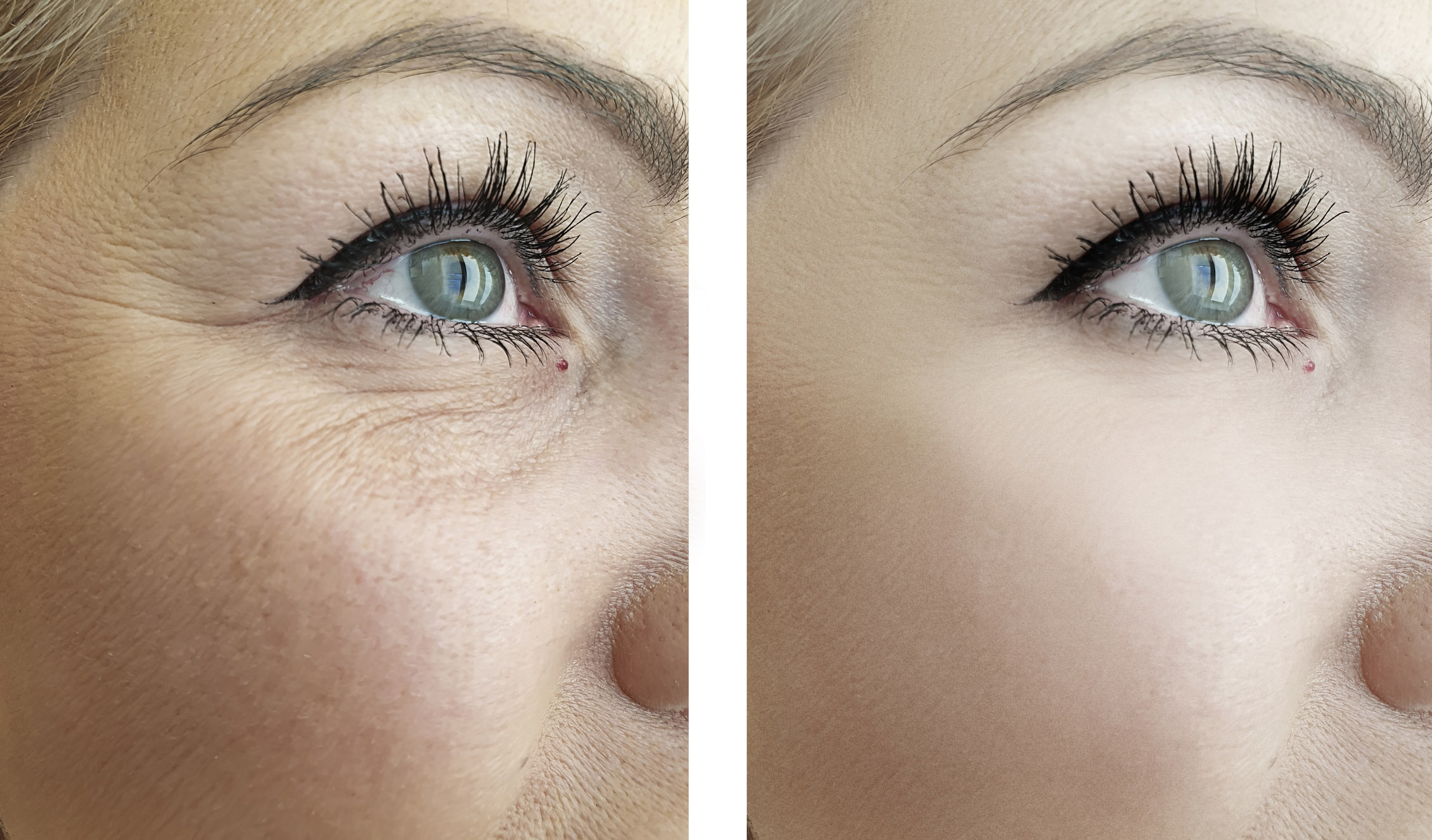The History of Traditional Chinese Medicine
Traditional Chinese Medicine (TCM) has over two thousand years of history and originated from one of the greatest ancient literature “Huang Di Nei Jing.” It was popularized, practiced, and evolved by many oriental practitioners in each dynasty and inevitably spread from mainland China to the world.
According to TCM, there are over three hundred energy points identified on the channels and collaterals of the human body. The channels and collaterals are distinct pathways of vital energy and metabolic transportation pathways or meridians.
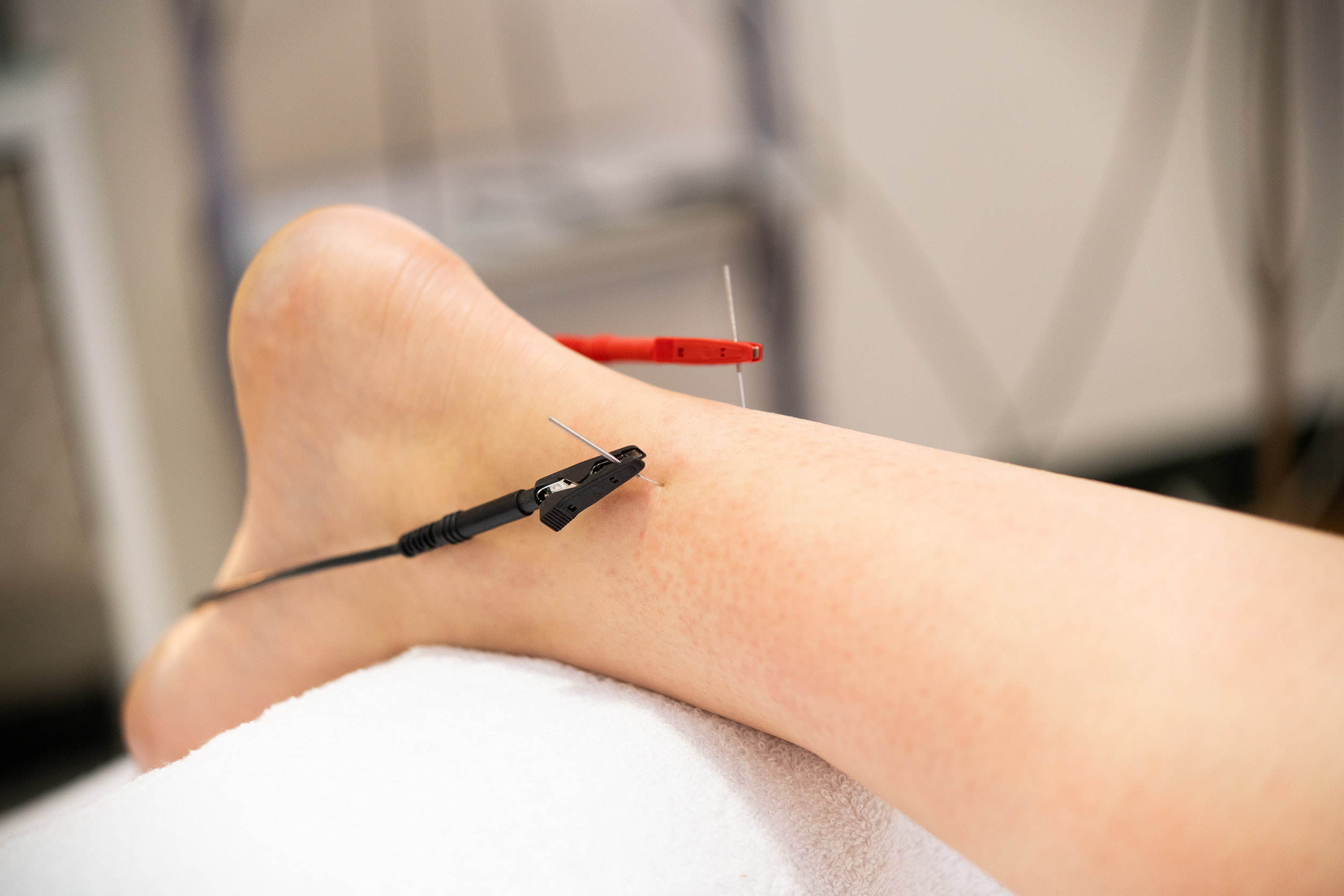
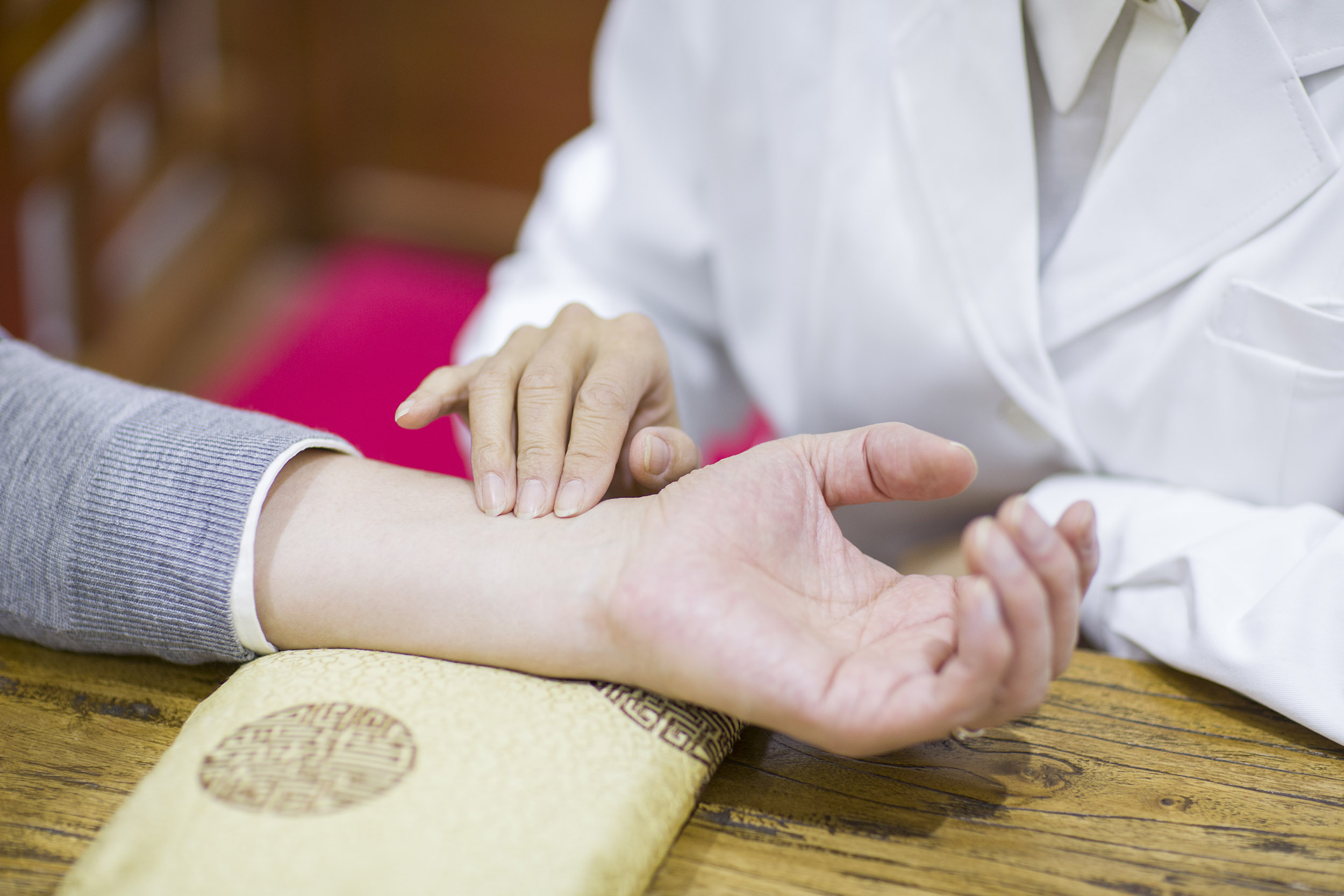
However, unlike the neurovascular pathways of gross anatomy, the channels and collaterals are not clearly visualized by the human eye on an anatomical level. Some of the channels pass along with major nerve bundles or vasculatures, while others diverge and converge again to connect superficial and deeper levels of the human body. Within the channels and collaterals, there is a dynamic movement of vital energy, called Qi.
The Healing Power of Qi
Qi means air, which interestingly has a co-meaning of oxygen. In Chinese medicine, Qi is the essence of physical life, the fuel and support of all physiological functions throughout life from the first breath taken at birth to the last heartbeat at death.
Qi nourishes blood, and blood carries Qi in a mutually dependent fashion. Qi resides and circulates in the channels and collaterals of the human body. When the flow of Qi is disrupted, a variety of physical and emotional symptoms such as chronic pain and disease can start to occur. Qi has often been interpreted as metabolism or oxidative phosphorylation at the molecular level, however, either of the above definitions can cover the entire meaning of Qi.
Where Acupuncture Comes In
Acupuncture is a form of practice in TCM first introduced to the Western world in the late 17th century. It was not until the 20th century that acupuncture started to gain widespread recognition and acceptance in Western medicine. Acupuncture is considered an effective alternative or adjunctive form of treatment for a wide range of conditions.
Acupuncture was introduced to stimulate the movement of Qi by using a thin sterile needle at specific energy points localized or close to the meridian pathway. The needle can enter the body at the subcutaneous level, muscular level, fascia level, and bone level depending on the depth of pathology. A licensed acupuncturist can manipulate the needle using different techniques to assist the flow of Qi.
How Does Acupuncture Work?
The mechanisms of acupuncture have not yet been fully elucidated. Studies show that acupuncture stimulates the release of pain-relieving neuropeptides such as endorphins. Endorphins bind to specific receptors in the brain and spinal cord to reduce the perception of pain. Therefore, we can say that an acupuncture treatment acts as a natural painkiller. The release of “happy hormones” in the body plays a role in autonomic mood elevation and stress regulation.
Another way to look at acupuncture is, in short, controlled trauma. A needle prick triggers the immune response of the body, which subsequently starts a healing process of surrounding tissues. Acupuncture directs the flow of blood and Qi to reopen stagnated meridians and restore the self-regulating function of specific body organs and tissue. Therefore, acupuncture is well-known for single or adjunctive treatment for many medical conditions.
Conditions we treat here at Effortlessway include but are not limited to:
- Asthma
- Allergy
- Acid Reflux
- Anxiety
- Chemotherapy-induced complications
- Menopausal symptoms
- Osteoarthritis-related joint pain
- Depression
- Dysmenorrhea
- Fibromyalgia
- Gastritis
- Infertility
- Peripheral neuropathy
- Smoking cessation
- Insomnia
- Irritable bowel syndromes (IBS)
- Lower back pain
- Migraines
- Menstrual cramps
- Pain management
- Weight loss
Where is Botox commonly injected?
Frequently Asked Questions
During an acupuncture session, you can expect to lie down or sit comfortably while the practitioner inserts thin, sterile acupuncture needles into specific points on your body. The acupuncture practitioner will carefully select the points based on your individual needs and health goals. You may feel a slight prick or pressure when the needles are inserted, but acupuncture is generally not painful. Once the needles are in place, you may feel a sensation of warmth, tingling, or dull ache at the site of the needle insertion. This is a normal response and indicates that acupuncture is working to stimulate the flow of energy in your body. The needles will typically remain in place for several minutes to an hour, depending on your treatment plan. After the treatment, the healthcare practitioner will carefully remove the needles and may offer additional advice or guidance to help you maximize the benefits of acupuncture. You may feel relaxed, energized, or a sense of overall well-being after the session.
Acupuncture is often used during pregnancy to help alleviate common pregnancy-related symptoms such as morning sickness, nausea, back pain, and fatigue. It can also help promote relaxation and reduce stress and anxiety, which can be beneficial for both the mother and the developing fetus. However, there are some acupuncture points that should be avoided during pregnancy as they can stimulate contractions or potentially harm the fetus. Our licensed practitioners have experience working with pregnant women and will be able to carefully select the appropriate acupuncture points to use during treatment.
The time it takes to see results from acupuncture can vary depending on the individual, the health issues being treated, and the frequency and duration of the acupuncture treatments. Some people may experience immediate pain relief or improvement after just one session, while others may require several sessions before noticing any significant changes. For some chronic health conditions, such as chronic pain or migraines, it may take several weeks or months of regular acupuncture treatments before significant improvement is seen. It’s important to note that acupuncture is a holistic approach to therapy that works to balance and support the body’s natural healing processes, so the results may be gradual and subtle. Additionally, the benefits of acupuncture may continue to accumulate over time, even after the treatments have ended. Your acupuncturist will work with you to develop a personalized treatment plan based on your individual needs and goals.
The duration of the results from acupuncture can vary depending on the individual and the health concern. In some cases, the results may be long-lasting, while in others, they may be more short-term. For example, acute neck pain or muscle tension may be relieved immediately after an acupuncture session and the results may last for several days or even weeks. However, chronic pain or a chronic condition may require regular ongoing acupuncture treatments to maintain the results. Additionally, lifestyle factors such as stress levels, diet, exercise, and sleep patterns can also impact the duration of the results from acupuncture. Incorporating healthy lifestyle habits and managing stress can help to prolong the benefits of acupuncture and promote overall well-being. However, in most cases, the results usually last three to six months. We recommend three treatments yearly for maintenance.
You deserve a break! Book Now
Invest in yourself and Experience the difference of our treatments
